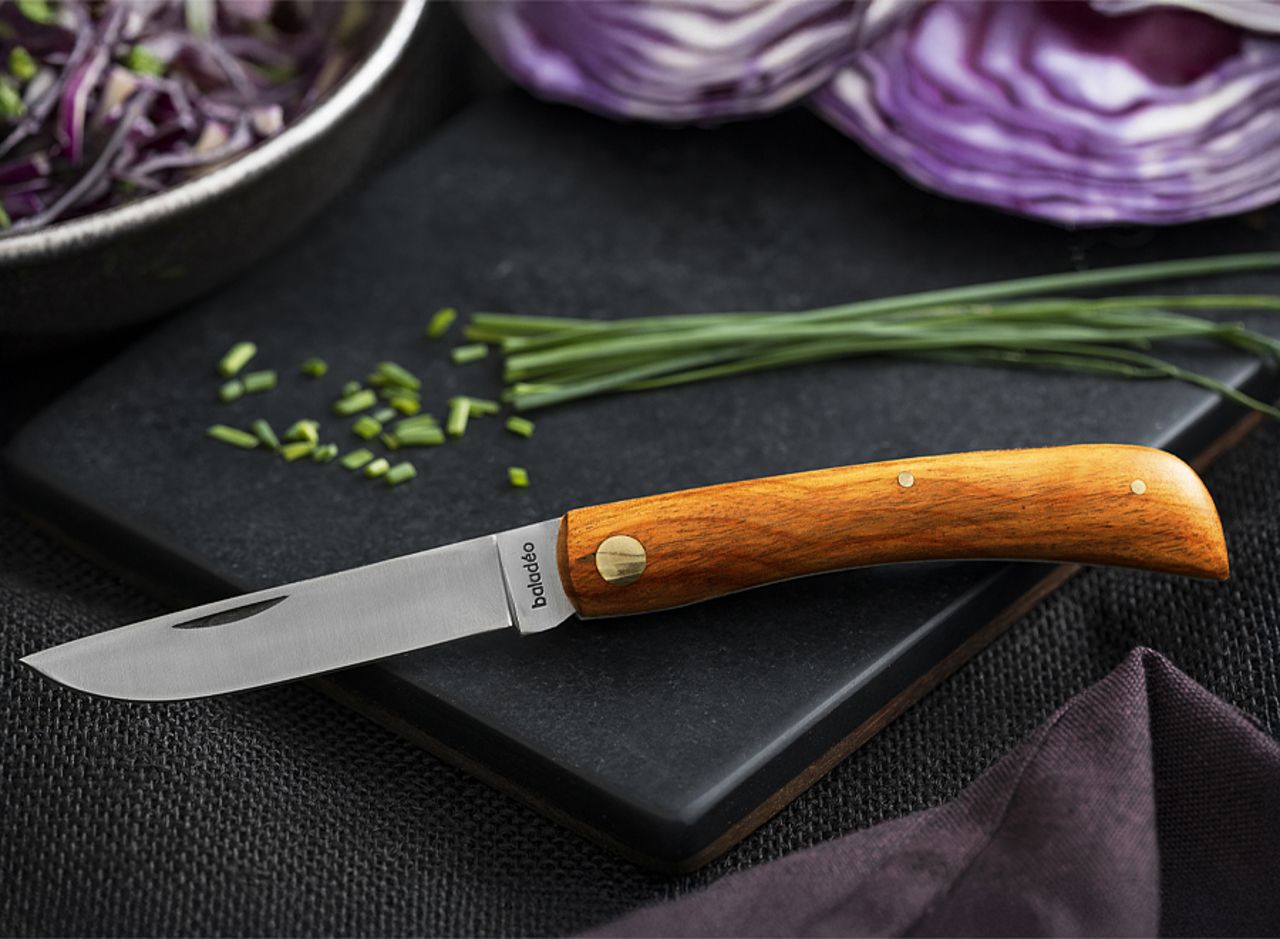Ensuring safety in the kitchen is a top priority, especially when it comes to children and the potential hazards associated with tools like folding knives. For culinary professionals, grasping the nuances of folding knife safety for kids is vital to maintaining a secure environment. This article will explore vital aspects of teaching children how to safely handle folding knives, offering insights valuable not only for parents but also for chefs and kitchen mentors guiding young culinary enthusiasts.

Recognizing the Importance of Folding Knife Safety
Folding knives are popular in many kitchens for their convenience and versatility. However, their portable nature carries inherent risks, particularly with children around. To promote safety with these tools, a solid understanding of their mechanics and potential dangers is essential. Culinary experts teaching folding knife safety for kids play an important role in preventing accidents, fostering a culture of responsibility and safety.
Why Folding Knives Need Special Care
Unlike fixed blades, folding knives can be opened and closed, which adds extra points of risk. Children, driven by curiosity, may be tempted to manipulate the opening and closing mechanism without realizing the implications. Kitchen professionals should stress the importance of respecting these tools and understanding their workings to enhance safety.
Moreover, the moving parts of folding knives necessitate more maintenance, as they can wear out or become loose over time. Regular inspections and maintenance should be part of the educational process for teaching knife safety to children. For additional insights on knife types, explore this article.
Essential Safety Tips for Kid's Folding Knife Use
When addressing folding knife safety for kids, there are several key tips that kitchen professionals should emphasize:
1. Proper Handling Techniques
Instructing children on how to properly hold a folding knife is a fundamental aspect of knife safety. Kids should learn to grasp the knife firmly yet gently, always ensuring their fingers stay clear of the blade. Demonstrating the correct grip and finger positioning can significantly lower the risk of cuts.
2. Safe Opening and Closing Practices
A unique feature of folding knives is their ability to be opened and closed. Children should be taught to safely manipulate these actions, using both hands if needed for better control. This practice can prevent common injuries related to accidental closures on fingers.
3. The Importance of a Sharp Blade
Surprisingly, a sharp blade is generally safer than a dull one. A sharp edge requires less force to cut, which minimizes the risk of slipping. Kitchen professionals should educate kids on the importance of keeping blades sharp and the hazards associated with using a dull knife. For further information on knife blades, take a look at this external resource.
Creating a Safe Kitchen Environment
In addition to individual knife handling skills, the overall kitchen setup is crucial for knife safety for kids. Culinary professionals should maintain a clean and organized workspace, ensuring that all knives are securely stored when not in use. Teaching kids to appreciate the importance of a tidy kitchen helps prevent accidents and enhances cooking efficiency.
Moreover, establishing definitive rules regarding when and how knives can be used is essential. Children should comprehend that knives are tools meant for food preparation, not toys, and should only be employed under supervision. This guideline should apply to all sharp objects in the kitchen, highlighting the importance of respect and caution.
Engaging Children in Safety Education
Involving kids in learning about folding knife safety can make the process both effective and enjoyable. Kitchen professionals can arrange interactive safety sessions that incorporate demonstrations, role-playing, and safety quizzes. An engaging approach will help cement these safety concepts in children's minds.
The Power of Demonstrations
Demonstrations are a highly effective method for teaching knife safety. By visually showcasing how to correctly use a folding knife, culinary professionals can effectively convey techniques that are difficult to explain with words alone. Children are more likely to retain information from a demonstration they actively participate in than from mere verbal instructions.
Incorporating Technology
Utilizing technology like videos and interactive applications can significantly enrich the learning experience. There are many resources available providing valuable insights into folding knife safety in formats that appeal to children. For further knowledge about the nuances of knife types, check out this link.
Conclusion: Building a Foundation of Safety
For culinary professionals, imparting folding knife safety for kids is a significant responsibility that extends beyond the kitchen. By instilling a solid foundation of safety and respect for tools, professionals can nurture the next generation of responsible, skilled kitchen aficionados. Remember, fostering safety is an ongoing journey, and with the right guidance and education, it can be a fulfilling one.

FAQs
1. At what age can kids start using folding knives?
The appropriate age varies, but generally, children around age 10 can begin learning to use folding knives under close supervision while focusing on safety and proper techniques.
2. Are folding knives safer than fixed blades for kids?
Both types come with their own risks. However, folding knives require extra caution given their mechanism. Comprehensive education on their use is essential.
3. What should I do if a child cuts themselves with a folding knife?
Stay calm, clean the wound with water, apply pressure to stop any bleeding, and seek medical attention if required. Use the incident as a chance to reiterate the importance of safety protocols.
This article contains affiliate links. We may earn a commission at no extra cost to you.


























